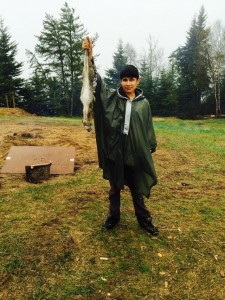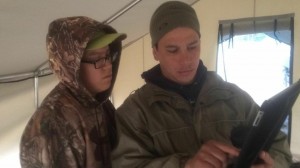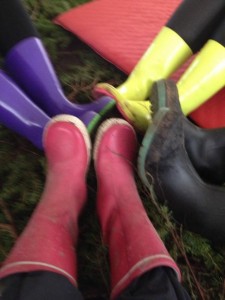Jim Shevchuk
“Help Me Tell My Story” -“Tell Them From Me” – Student Voice – All wonderful ways to engage students. But is it their stories we are hearing? Perhaps we are asking the wrong questions. Or maybe we are talking too much. The voice of a young person is the same as an old person. It wants to speak on its own terms and it wants to be listened to.
The data gleaned from these surveys is valuable. But who designed the questions? What information are we getting from our students? Is it their story or one fabricated by adults? My daughter gave me some valuable feedback. Why does the school need to know about my fruit and vegetable consumption? And, why so many questions about bullying? Can I ask a few questions she ponders? Can I tell my story? Her observations were excellent. She is just a teenager wanting to be involved in the process, yet still interested in helping out her school.
Maybe we should sit down and actually speak with the students. Personal interviews, qualitative surveys and kids just talking, can you image that data set? Could we actually use Indigenous Research methods with all of our children? I would wager they would have some valuable advice to the adults. Included in their advice might be ideas to make their schools more progressive, helpful hints for their teachers about themselves or even on what they would like to learn. They might help us improve. Here is some of research I have gleaned from students on “coffee row”.
“What Students really want us (teachers) to know!”
- Do you know anything about me?
- Let me ask the questions.
- Put your phone away – Did you notice me? How about a smile?
- Give me your attention – do you even know that I exist?
- Sometimes your rules about bathrooms and snacking are excessive – Have you actually thought about what you have said I can’t do?
- Can you pretend with me? Let me imagine – I have been doing inquiry for years.
- Trades and Computers – How about something I like.
- Trust me. Until I prove you wrong – Believe in me.
- Can we have the same respect we give you? When I tell you I am cold, hungry or thirsty, I am.
- Covering more challenging material keeps me interested.
Maybe we have the technology to record their thoughts? Of course some of these students will still propose the age old suggestion of beer in the water fountains and flexible scheduling; however some of our students are asking to tailor make their classes for graduation requirements. This seems to be reasonable. None of the student options include the compulsory Grade 12 English, Social Studies or Wellness 10, but I do hold out some hope that perhaps our administrators are listening. Our Ministry is actually investigating the 24 credit graduation requirements at the provincial level. If we can accommodate our students’ requests in this area, who knows, perhaps we are making some progress. And if the government is listening, maybe we should too!





